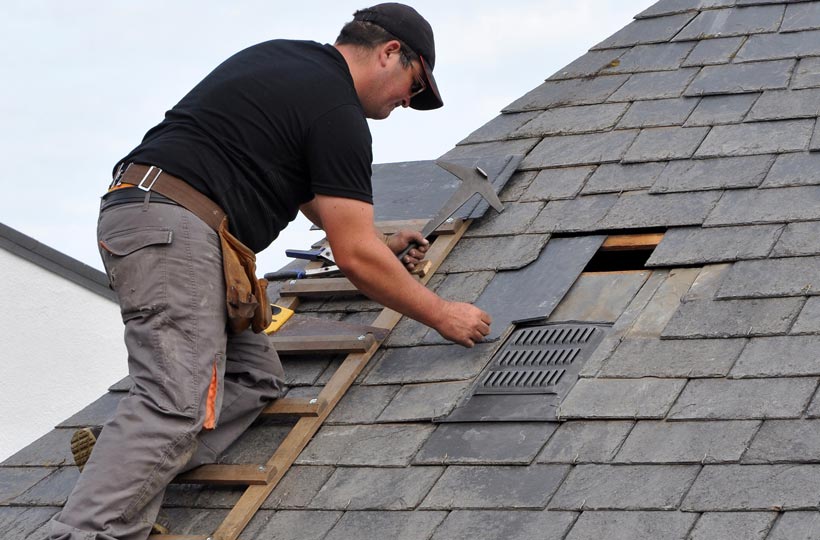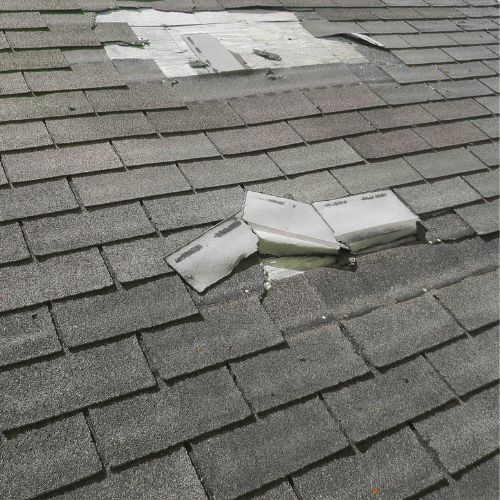Key Factors To Consider for a Successful Roof Covering Setup: Attaining Durability and Efficiency
In starting the journey of roofing installation, one need to prioritize crucial factors to consider to guarantee both long life and effectiveness. The selection of materials, customized to hold up against regional environment conditions, plays a critical duty in maintaining architectural honesty. Equally vital is the design, which should accommodate appropriate water drainage and offer sufficient support. Moreover, taking on finest techniques throughout installation can considerably reduce prospective concerns such as dampness accumulation and power inadequacy. As we check out these aspects, it ends up being obvious that an effective roof covering installation is not merely about covering a structure but regarding crafting a durable and sustainable service. What are the necessary components that absolutely make a distinction?
Choosing the Right Products

Environment plays a crucial duty in material selection. In regions prone to heavy rainfall or snow, materials like asphalt roof shingles or metal roof with high water resistance are a good idea. On the other hand, in warm environments, products with reflective buildings, such as cool roofing membranes or tiles, can help in reducing energy costs by dispersing sunshine.
Spending plan factors to consider likewise influence material choice. While premium products like slate or clay floor tiles supply durable efficiency, they include higher upfront costs. They can verify affordable over time due to their very little maintenance requirements and extended lifespan.
Lastly, the building style of the building need to balance with the roofing product. Conventional homes may profit from wooden tiles, whereas modern frameworks may decide for smooth metal surfaces. By carefully considering these elements, you can pick materials that straighten with both practical and visual goals.

Recognizing Roofing System Style
Recognizing roofing system style is crucial in achieving a well-functioning and visually pleasing framework. The layout of a roofing system affects not just the aesthetic allure but likewise the architectural integrity and capability of the building. A thoughtfully developed roofing can boost the total architectural style while guaranteeing effective drain, insulation, and air flow.
Crucial element of roof covering layout include the pitch, shape, and architectural support group. The pitch, or slope, determines just how successfully water and debris are shed from the roof covering surface area, impacting the life-span of roof covering materials. Usual roofing shapes consist of gable, hip, level, and mansard, each offering distinct benefits and aesthetic qualities. Gable roofings are popular for their simpleness and effective water losing, while hip roofing systems provide outstanding stability in high wind locations.
Architectural support group, such as trusses and rafters, are vital in dispersing weight and preserving the roof covering's integrity. Appropriate style makes certain that the roofing system can stand up to ecological loads and resist deformation. In addition, incorporating features like overhangs and eaves can safeguard the structure's frontage and improve energy efficiency by supplying color and lowering heat gain.
Ultimately, a well-considered roofing system style equilibriums create, operate, and durability, contributing to the long-term success of the setup.
Climate Considerations

In warm and bright climates, roof materials need to mirror, rather than soak up, solar warmth to keep energy effectiveness and protect against excessive thermal expansion, which can result in product destruction - Keep Dry Roofing St Peters MO. Conversely, in colder regions, materials must offer sufficient insulation to stop heat loss and withstand freeze-thaw cycles that can create cracking and other structural concerns
Moreover, the option of shade and finish can significantly impact a roofing's thermal efficiency, especially in locations with extreme temperature variants. Regional structure codes often supply assistance on suitable products and layouts, mirroring local environment worries. A comprehensive understanding of weather problems is essential for picking products and designs that guarantee a roofing system's ideal performance over its life-span.
Installation Best Practices
Reliable roofing system installment is an essential element of making sure lasting toughness and efficiency. Complying with ideal practices throughout setup not only safeguards structural stability however also lessens expensive future repair work. Picking the appropriate products is vital. Using top notch tiles, underlayment, and flashing customized to the details environment and building layout will certainly boost the roof covering's resilience.
Similarly important is the prep work of the roof deck. Making sure that the deck is clean, dry, and structurally sound prior to setup prevents difficulties such as leaks and early wear. Correct ventilation is another vital consideration, as it alleviates wetness build-up and thermal tension, therefore extending the roof covering's lifespan.
Precision in measurement and alignment during the installment process is important. This entails accurate positioning of roof shingles and careful interest to overlapping, which stops water ingress. Employing expert, knowledgeable labor ensures these standards are met, decreasing the threat of errors that could jeopardize the roof's effectiveness.
Power Effectiveness Methods
Enhancing a roof's power efficiency is a critical consideration for lowering energy prices and environmental influence. By selecting ideal materials and modern technologies, property owners and building contractors can considerably boost the thermal performance of a roofing, thus reducing power consumption.
Furthermore, the unification of adequate insulation is important in avoiding warm transfer my review here in between the dig this interior and exterior of a structure. Insulation products with high R-values, such as spray foam or rigid foam boards, are reliable in maintaining a consistent interior temperature level, thereby enhancing cooling and heating system efficiency.
Additionally, the assimilation of solar panels on roofs not only produces sustainable power yet can also offer shade, additional minimizing warmth gain (Keep Dry Roofing St Peters MO). Innovations like amazing roofings, which make use of layers to reflect more sunlight, are also gaining popularity for their ability to decrease roofing system temperatures
Final Thought
In final thought, accomplishing an effective roofing setup requires a detailed technique that incorporates the choice of premium materials tailored to particular climatic problems, thoughtful layout factors to consider for ideal drain and structural integrity, and adherence to meticulous installation techniques. These components collectively guarantee the prevention of dampness buildup and thermal anxiety, consequently improving the roof's durability and performance. Including methods to improve power effectiveness even more adds to lowering upkeep requirements and decreasing power consumption here are the findings over the roof covering's life expectancy.